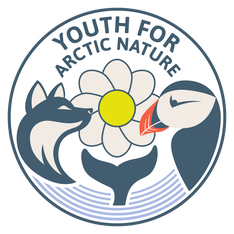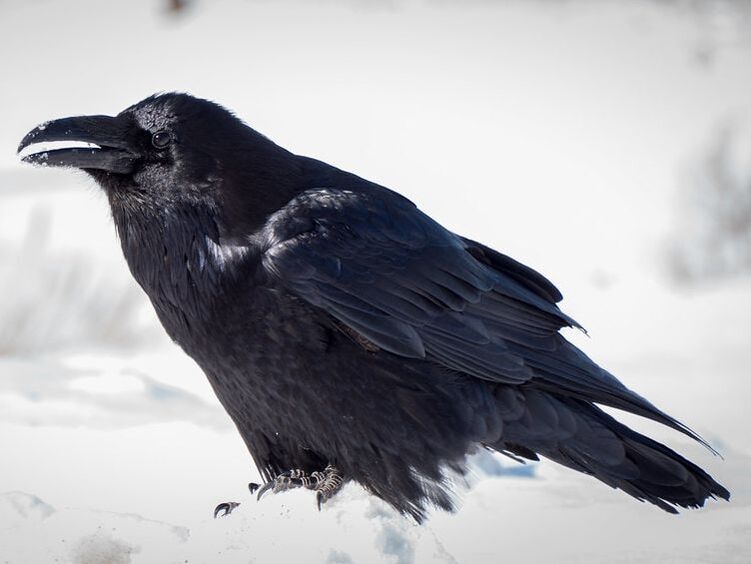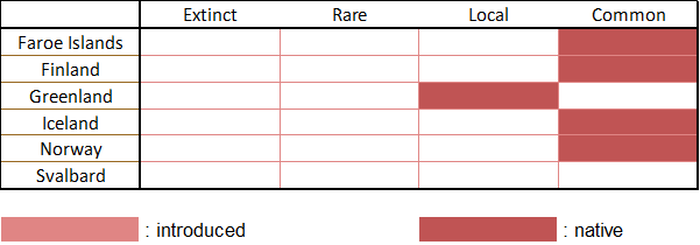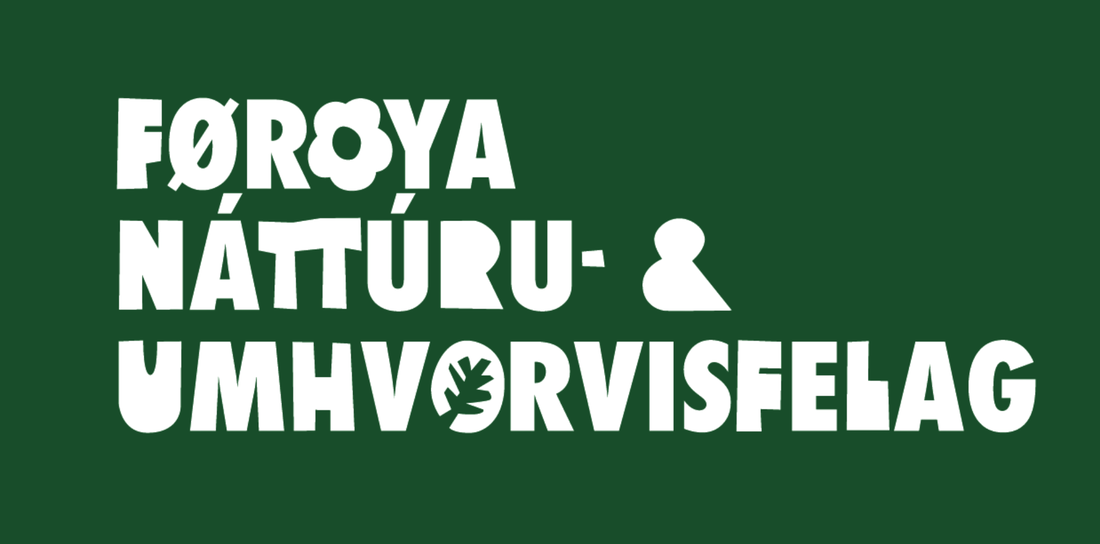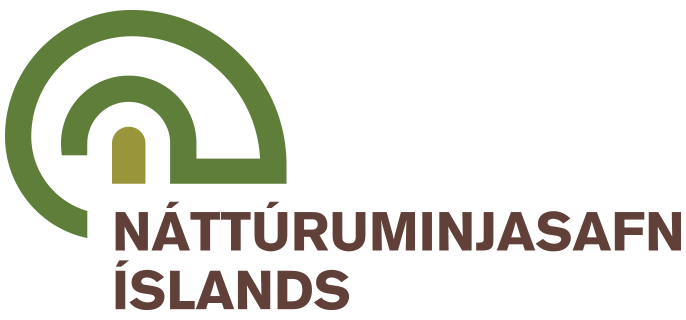|
Vulnerability: least concern (population increasing) Invasive: no Identification: medium Monitoring: medium |
|
What is it? With its thick bill, powerful claws, and glossy black overall color, the common raven has a striking appearance. Together with the Thick-billed raven Corvus crassirostris, it is also the largest and heaviest passerine. Its wingspan can reach 1.5 meters, with weights up to 2 kilos and lengths up to 67 centimeters. Together with its size, identify features include a sturdy build and shaggy feathers at the throat, feet, and bill. In flight, the common raven shows distinct and wide flight feathers, with a square overall wing shape. A unique black and white morph of the common raven could be found in the Faroe Islands until the early 1900's when it became extinct. |
|
Where is it? The common raven has the largest range of any species of crow, and one of the largest of any passerine. It is found throughout most of Eurasia except the extreme North and South, coastal North Africa, southern and western Greenland, Canada, and the western parts of the US. The populations of northern Europe, of Iceland and the Faroe Islands, and of Greenland, belong to three separate subspecies.
|
|
Interesting facts |
- Ravens mate for life and their courtships consist in demonstrations of acrobatic flight, intelligence, or capacity to provide food. Some male ravens have been observed to visit the nests of mated females while their mate was away.
- The raven is an important character or symbol in Nordic, Celtic, and Inuit mythology. For example, in different Inuit cultures, the raven can serve as a trickster, a bringer of light, or an integral part of the creation myth.
Pictures
- "Common Raven" by CanyonlandsNPS is licensed under CC PDM 1.0
- "Common Raven - Yellowstone" by petechar is licensed under CC BY-NC-ND 2.0
References
- BirdLife International (2022) Species factsheet: Corvus corax. Downloaded from http://www.birdlife.org on 25/01/2022.
- Heinrich, B. (1999). Mind of the Raven: Investigations and Adventures with Wolf-Birds pp. 119–120. New York: Cliff Street Books. ISBN 978-0-06-093063-9
- Oosten, Jarich & Laugrand, Frederic. (2006). The bringer of light: The raven in Inuit tradition. Polar Record. 42. 187 - 204. 10.1017/S0032247406005341.
